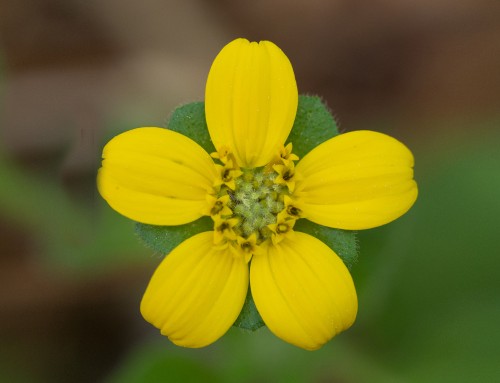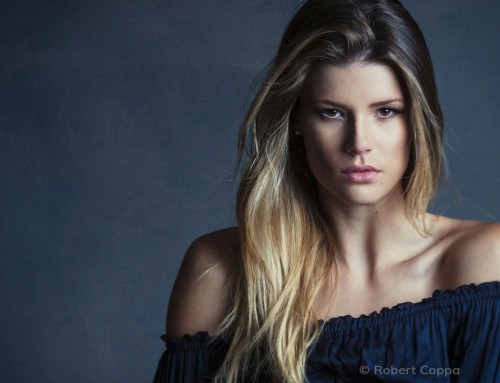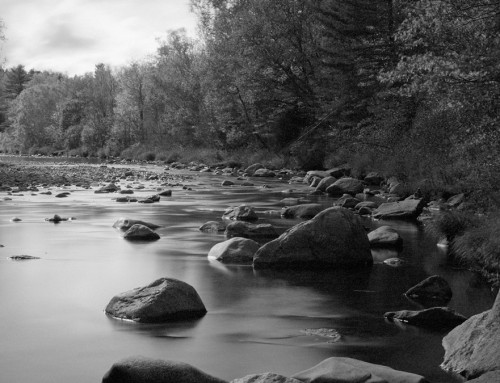Spot color is an editing technique where the image is black and white, with some color elements left behind. It’s a powerful method of directing the viewer’s attention. This video demonstrates creating and controlling selective color effects in Exposure.
Photo: Andrea Livieri
Transcript
Spot color, selective color, or semi black and white processing is a technique that converts a color photo to black and white with a selected area retaining its original coloring. This strongly draws the viewer’s attention. When some areas of the image are desaturated, the colored elements become the primary focus. It can be very effective for the right photo.
Desaturating colors
The first step in the process is to remove or reduce the color from the image. Converting the image to black and white can be performed with one of Exposure’s black and white film presets. Another option is to use the Saturation slider, or for more control over individual colors, use the HSL controls on the Color panel to reduce the saturation of specific colors or to remove unwanted color casts.
On the Basic panel, the options at the top are an important aspect of this technique. Selecting Black and White will mix the applied effects with a desaturated version of the photo. For a spot color effect, select the Color option.
Controlling adjustments
Designate the area to expose the original colors of the image with the Brush tool. Use the Eraser brush to remove the monochrome effect.
When defining the brush, use mouse wheel and keyboard combinations to make quick adjustments. The mouse wheel adjusts the size of the brush. Shift and the mouse wheel adjusts the feather amount. ⌘ or Ctrl and the mouse wheel adjusts Flow. For a spot color technique, the flow amount is usually high.
Clean up over brushing by holding the Alt or Option key, or by selecting the A or B brush.
The color constraints controls can be used to generate detailed masks based on the colors in the image. Check out our 3D Color Masking Deep Dive video to learn more about using them.
The tension these methods create between color and monochrome can be intriguing, but the effect can be just as powerful when applied with a subtle hand. After the masking is complete, experiment with the effect by reducing the layer opacity.












